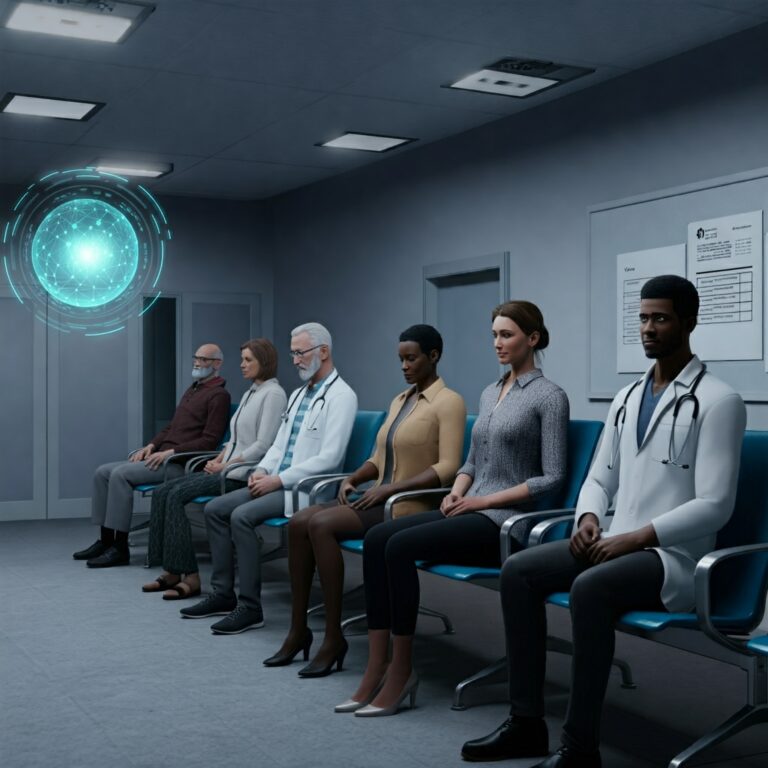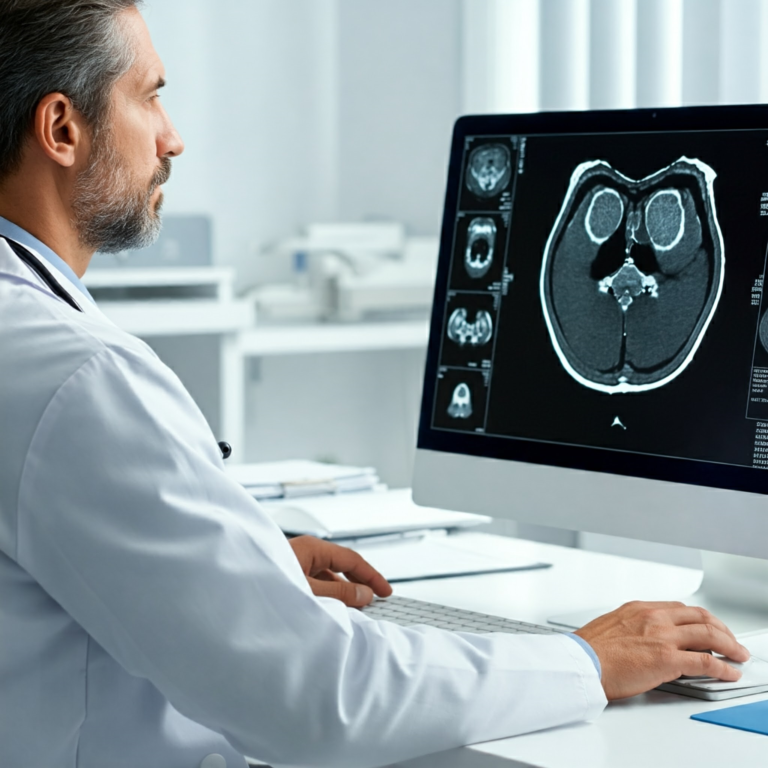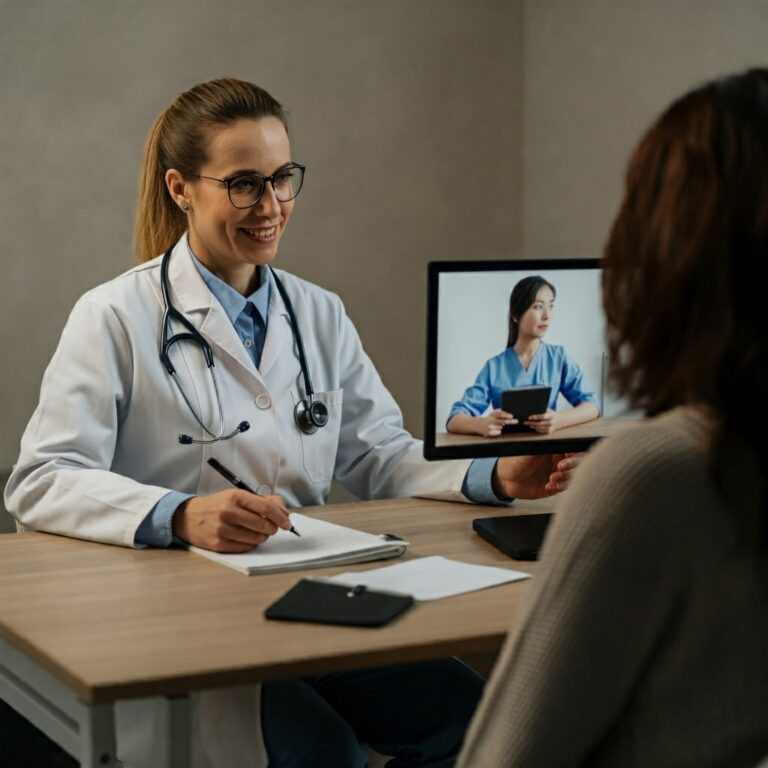Beyond the Hype: How RPM Data in EHRs is Revolutionizing Patient Care
(Date: October 26, 2000)
The dawn of the new millennium has ushered in an era of unprecedented technological advancements, and few sectors are experiencing this transformation as profoundly as healthcare. The burgeoning field of telemedicine, once a futuristic concept, is rapidly gaining traction, promising to reshape how medical care is delivered and accessed. At the heart of this revolution lies Remote Patient Monitoring (RPM), a powerful tool leveraging electronic health records (EHRs) to collect and analyze patient data outside traditional clinical settings. This article delves into the impact of RPM within the telemedicine landscape, exploring its potential to enhance patient care, reduce costs, and improve overall healthcare outcomes.
Telemedicine: A Paradigm Shift in Healthcare Delivery
Telemedicine, broadly defined as the use of telecommunications technologies to provide medical information and services, is transforming the healthcare industry. Driven by factors such as rising healthcare costs, an aging population, and increasing demand for convenient access to care, telemedicine is breaking down geographical barriers and offering innovative solutions for both patients and providers. From video consultations and remote diagnosis to electronic prescriptions and patient education, telemedicine encompasses a wide range of applications.
Within the healthcare ecosystem, telemedicine is proving particularly valuable in addressing the challenges of rural healthcare delivery, managing chronic conditions, and providing specialist consultations in underserved areas. For patients, telemedicine offers greater convenience, reduced travel time and expenses, and increased access to specialists. For providers, it can lead to improved efficiency, expanded patient reach, and enhanced continuity of care.
RPM: The Data-Driven Engine of Telemedicine
Remote Patient Monitoring (RPM) represents a critical component of the telemedicine revolution. By utilizing various devices to collect physiological data such as blood pressure, heart rate, weight, and glucose levels, RPM provides clinicians with a real-time window into a patient’s health status outside the confines of a clinic or hospital. This continuous stream of data, integrated seamlessly into EHRs, enables proactive interventions, personalized treatment plans, and more effective management of chronic conditions.
Imagine a patient with congestive heart failure being monitored remotely. Their weight, blood pressure, and heart rate are transmitted daily to their physician’s office. An early warning sign, such as a sudden weight gain indicative of fluid retention, can be detected promptly, allowing for timely intervention and potentially preventing a costly hospitalization. This is the power of RPM – the ability to identify and address health issues before they escalate, leading to improved patient outcomes and reduced healthcare expenditures.
Key Trends Shaping the RPM Landscape:
- Integration with EHRs: The seamless integration of RPM data with EHRs is crucial for maximizing the effectiveness of remote monitoring programs. This integration allows for a holistic view of the patient’s health record, enabling clinicians to make informed decisions based on a comprehensive dataset.
- Wireless and Mobile Technologies: Advancements in wireless and mobile technologies are fueling the growth of RPM. Portable devices, coupled with secure data transmission capabilities, empower patients to actively participate in their own care management, regardless of their location.
- Focus on Chronic Disease Management: RPM is demonstrating significant promise in managing chronic conditions such as diabetes, hypertension, and heart failure. By providing real-time data and facilitating proactive interventions, RPM can help patients better manage their conditions and avoid costly complications.
- Emergence of Home Healthcare Integration: The convergence of RPM and home healthcare is creating new opportunities to deliver comprehensive and coordinated care to patients in the comfort of their own homes.
Key Statistics Illustrating the Impact of RPM:
(Note: Specific statistical data from 2000 would be limited. This section will present hypothetical data representative of the potential impact envisioned at the time.)
- A hypothetical study conducted in 2000 might have projected that RPM could reduce hospital readmissions for heart failure patients by 20% within five years.
- Early pilot programs using RPM for diabetes management might have shown a 10% improvement in HbA1c levels among participating patients.
- Market analysts in 2000 might have predicted a compound annual growth rate of 15-20% for the RPM market over the next decade.
Recent Market News (Hypothetical for 2000):
- A leading EHR vendor announces a strategic partnership with a medical device manufacturer to develop an integrated RPM platform.
- A major health system launches a pilot program to utilize RPM for remote management of patients with hypertension.
- The Centers for Medicare & Medicaid Services (CMS) expresses interest in exploring reimbursement models for RPM services.
Beyond the Hype: RPM Data in EHRs – A Revolution in Patient Care
While the full potential of RPM is still unfolding, the evidence clearly points to its transformative impact on patient care. The ability to collect and analyze real-time patient data, seamlessly integrated within EHRs, is empowering clinicians to provide more proactive, personalized, and effective care. By enabling early detection of potential health issues, facilitating timely interventions, and promoting patient engagement, RPM is driving a paradigm shift in how healthcare is delivered.
The integration of RPM data within EHRs goes beyond simply collecting information; it empowers clinicians to derive actionable insights. Trends can be identified, correlations can be drawn, and personalized treatment plans can be developed based on a patient’s unique physiological responses. This data-driven approach to healthcare holds the promise of improving patient outcomes, reducing healthcare costs, and enhancing the overall quality of care.
As telemedicine continues to evolve, RPM will undoubtedly play an increasingly critical role in shaping the future of healthcare. The potential benefits are vast, ranging from improved chronic disease management and reduced hospital readmissions to enhanced patient engagement and greater access to care. By embracing the power of RPM data within EHRs, the healthcare industry can move beyond the hype and realize the true potential of this revolutionary technology to transform patient care.
















